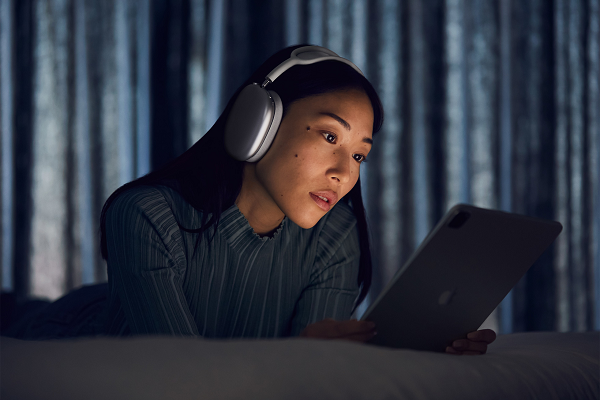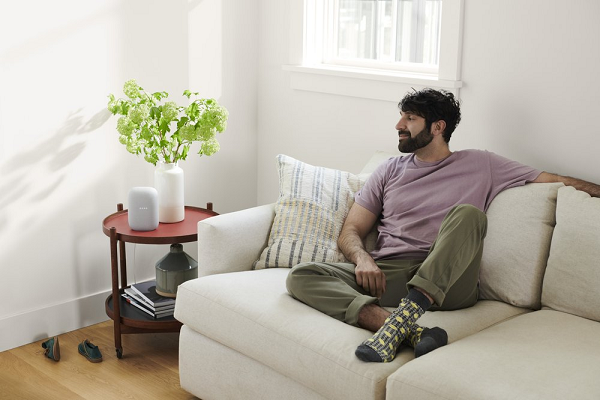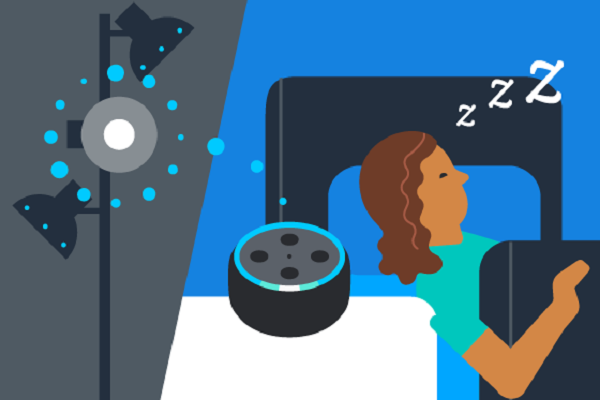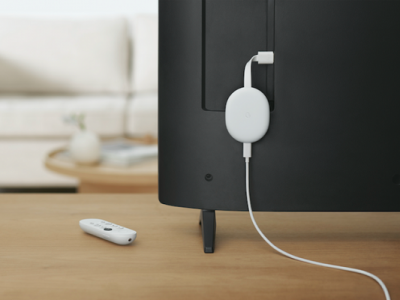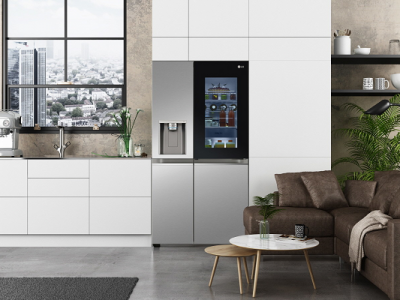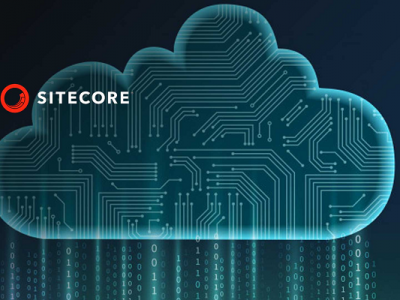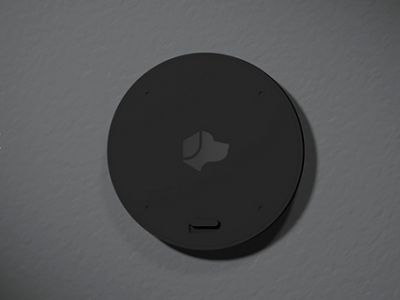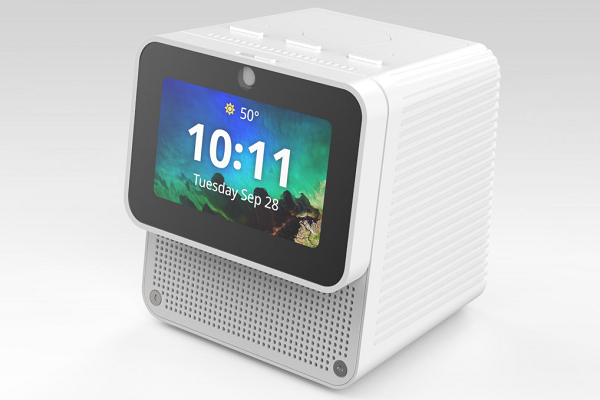

Open-source voice assistant developer Mycroft AI has launched the objective II smart display after many years of development following a successful Kickstarter crowdfunding campaign. The customizable and privacy-centric smart display may serve as a good home hub and perform a lot of the conventional functions of the Amazon Echo or Google Home while also offering offline operations while not collecting any private data.
Mycroft Mark II
The Mark II looks like a typical smart display, though with hints of a classic Apple II in its casing, though more than a third from the case’s plastic is recycled. The device has a far-field microphone array, a five-megapixel camera with infrared sensors, and a 4.3-inch color touchscreen. While capable of performing much of its tasks without the internet, the Mark II includes Bluetooth, Wi-Fi, as well as Ethernet connectivity options. The custom operating-system uniting the device is called Dinkum, as in the Australian phrase “fair dinkum,” referring to something honest and without deception. For smart homes, Mycroft works with the house Assistant operating-system, which fits using the majority of standard smart lights, switches, and other devices.
The smart display is far more modular than anything from Amazon or Google, however. The objective II was designed to accommodate those who enjoy customizing their tech. You will find four USB ports, two each for USB 2 and USB 3 for any hardware connection, media storage, or software transfer. Owners can also take apart and reassemble the Mark II having a screwdriver, augmenting and repairing it as being needed. It’s come a long way from the initial prototypes four years ago, buoyed by enthusiastic backers and designers, a category with a few crossover.
“I acquired into this since i would be a Kickstarter backer. “I had been a person of Mycroft before I had been the CEO. I’m very passionate about it,” Mycroft AI CEO Michael Lewis told Voicebot within an interview. “Dinkum is the best form of our software and also the most private. It strips out profiling, therefore we don’t have the capability to take user data since that’s just a liability if there’s an information leak or data breach. We’re not doing anything with, why get it?”
Though Mycroft Mark II’s software comes available, those thinking about having fun with the program can do so by picking a different flavor of Dinkum. There’s a downloadable version that runs on Raspberry Pi that’s largely identical to the one built into the Mark II but doesn’t include an automatic update mechanism. This way, the updates don’t mess with the customization and continue to keep the user’s data private.
“We’ve always were built with a policy of maximally protecting people’s privacy, but our privacy policy was put in place with a legal team that didn’t comprehend it, and it didn’t reflect how we actually operate,” Lewis said. We never actually collected data on people whatsoever unless they signed up, which data we didn’t sell. The one thing we have ever considered utilizing it for was improving our speech-to-text models.”
The initial Kickstarted envisioned a relatively low-cost smart device, but that’s no more the situation. Lewis explained that the approximately $150 price point was based on a BOM (list of materials) calculated at $99. Supply chain troubles, chip shortages, and other market woes drove the BOM as much as nearly $300, necessitating an increase in price to $499, though those who pre-ordered could purchase it for $349. Using the official release, Mycroft has plans to iterate and upgrade the smart display using the support of its very involved user base.
“We'll have more services later on. I’m particularly excited for music streaming. I’d love to be in a position to give a streaming service,” Lewis said. “But, we want to ensure that anything we officially support matches our privacy rules and has a proper QA mechanism.”


